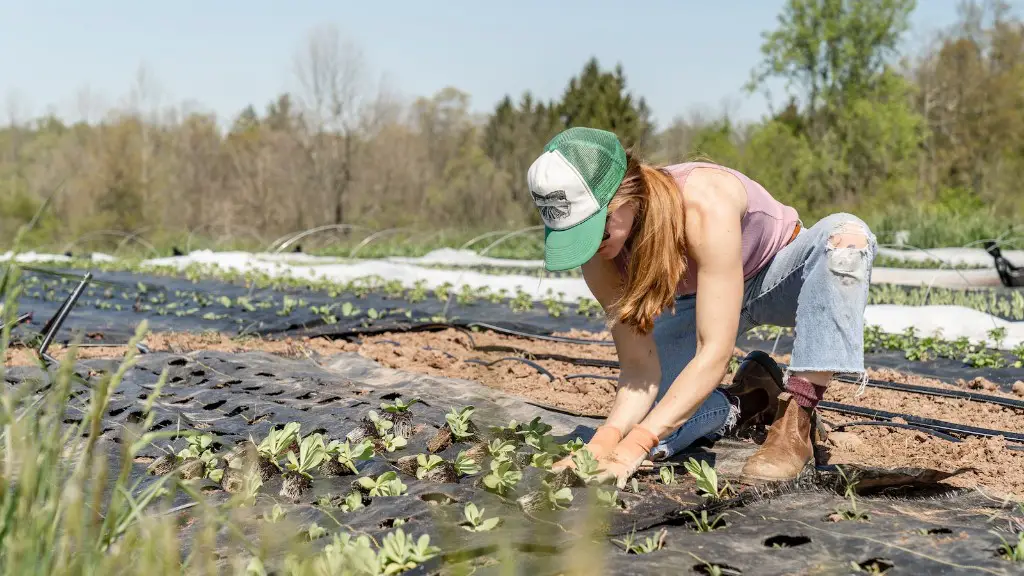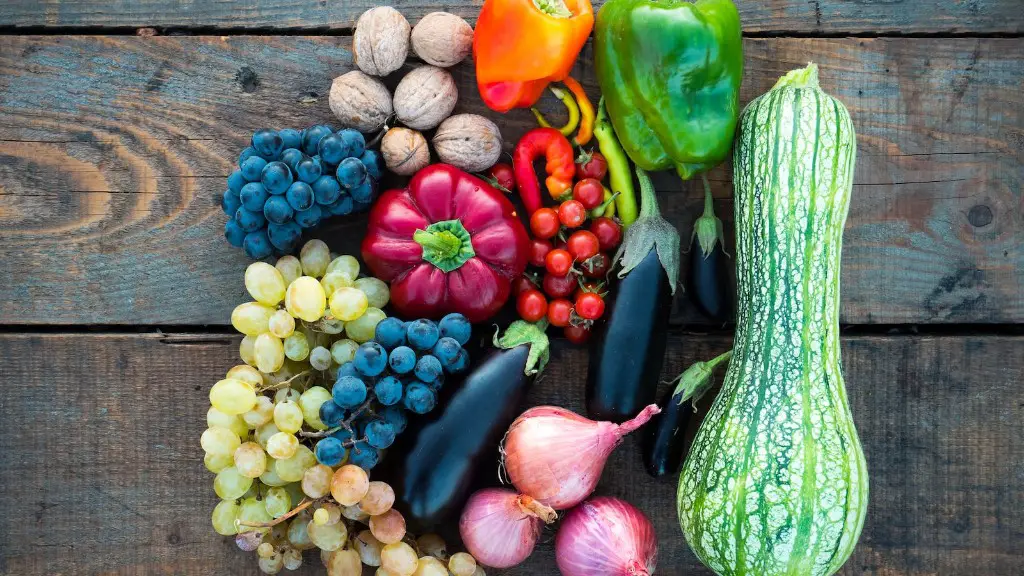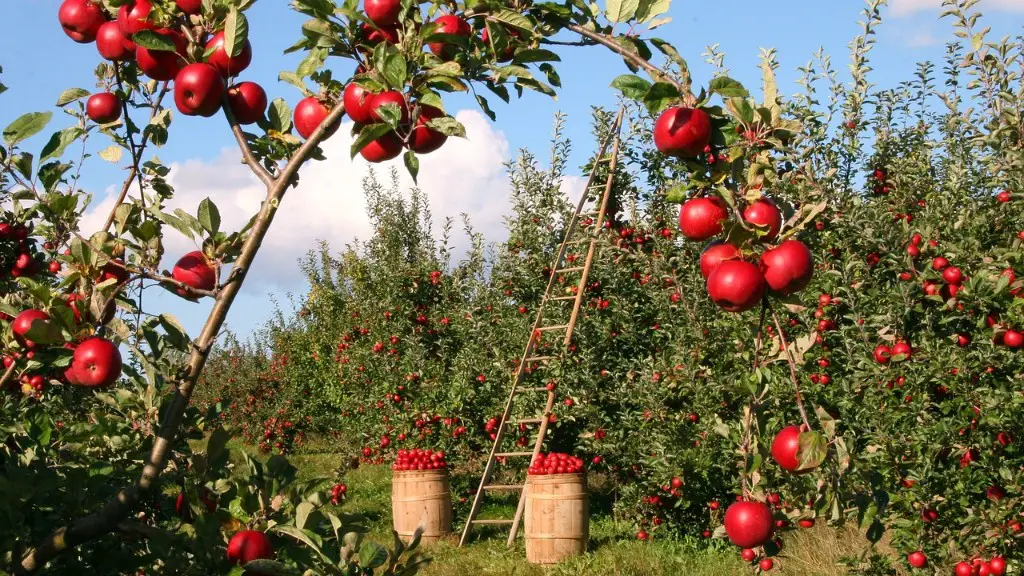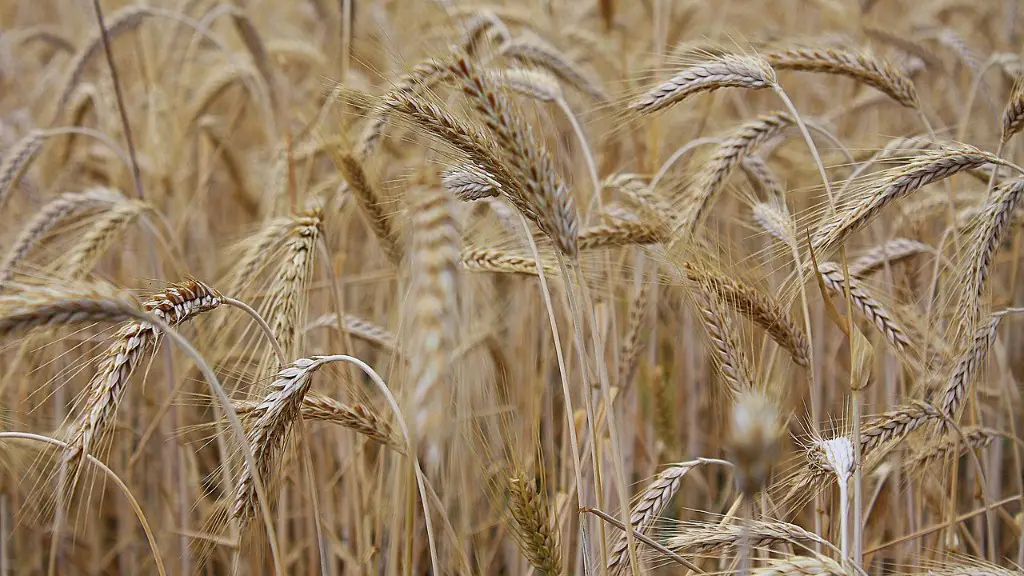Plant growth regulators (PGRs) are a group of chemicals that are applied to plants to influence their growth and development. PGRs can be used to promote or inhibit growth, depending on the compound and the plant species being treated. Some common examples of PGRs include auxins, gibberellins, and cytokinins.
PGRs are used in agriculture to improve crop yield and quality. For example, auxins can be used to promote the growth of fruits and vegetables, while gibberellins can be used to increase the yields of grains. Cytokinins, meanwhile, can be used to improve the quality of flowers.
While PGRs can be beneficial, they must be used carefully. Overuse of PGRs can damage plants and reduce crop yields.
PGR is an abbreviation for Plant Growth Regulator. PGRs are chemicals that are sprayed on crops to control their growth. Some PGRs cause the plant to grow taller, while others cause the plant to produce more fruit.
What are the 5 plant growth regulators?
Auxin, gibberellin (GA), cytokinin, ethylene, and abscisic acid (ABA) are five groups of plant-growth-regulating compounds. For the most part, each group contains both naturally occurring hormones and synthetic substances.
The potential harm of plant growth regulators has been a topic of debate for many years. Some studies have found that these chemicals and their degradation products can be harmful to humans, animals, and plants, while others have not. The jury is still out on this issue, but it is important to be aware of the potential risks before using any plant growth regulators in your home or garden.
Is a PGR a pesticide
PGRs are used for a host of reasons, including regulating growth, flowering, and fruiting. They are commonly categorized and regulated as pesticides, but their effects go beyond pest control. While PGRs can be used to improve plant growth and yield, they can also be used to manipulate plant growth for aesthetic purposes, such as shaping hedges or topiary.
Ethylene is the most widely used plant growth regulator as it helps in regulating many physiological processes. It is a plant hormone that is involved in the ripening of fruits, the opening of flowers, the shedding of leaves, and the growth of roots and shoots. It is also used to improve the quality of fruits and vegetables.
What are natural PGR nutrients?
Plant growth regulators (PGR’s) are compounds that are found naturally and play critical roles in plant development. These compounds include auxins, gibberellins, cytokinins, ethylene, and abscisic acid, among others. PGR’s help to regulate plant growth and development by controlling various processes such as cell division, cell elongation, and leaf senescence. They also play a role in stress tolerance and resistance to diseases.
IBA is the most commonly used auxin and a more effective PGR for accelerating the formation of adventitious roots compared to natural IAA (Pop et al, 2011). IBA has been shown to be more effective than IAA in promoting the formation of adventitious roots in a variety of plant species (Pop et al, 2011).
Is PGR cancerous?
Cannabis made with synthetic plant growth hormones (PGRs) has been linked to adverse health effects, including increased cancer risk. Synthetic PGRs may be carcinogenic and therefore are not appropriate for human consumption, while cannabis made naturally or with natural PGRs does not pose the same health risks.
The presence of PGRs in agricultural products is a serious concern for human health. PGRs have been associated with hepatotoxicity, nephrotoxicity, genotoxicity, neurotoxicity, even carcinogenicity and teratogenicity. There is a need for further research to determine the long-term effects of PGR exposure on human health.
Is there a natural PGR
Phytohormones are growth regulators that are present in all plants. They are responsible for regulating the growth and development of plants. Plant Growth Regulators (PGRs) are synthetic versions of these phytohormones that are used to stimulate plant growth. auxin and cytokinin are two groups of PGRs that are commonly used. Auxin promotes root formation on cuttings and shoot growth, while cytokinin promotes cell division and cell enlargement.
Ethylene is a gas that is produced by ripening fruits and vegetables. It is also produced by some plants as a hormone that regulates various physiological processes. Ethylene is used as a plant growth regulator (PGR) in agriculture to control the ripening of fruits and vegetables and to improve yields. It is also used to improve the quality of flowers and to prevent pre-mature fruit drop.
Are natural PGRs safe?
Cannabis plants are often treated with Plant Growth Regulators (PGRs) in order to increase their health and resistance to fungus. However, this often comes at the cost of flavor and visual appearance. More extreme risks associated with PGRs include liver damage, cancer, and infertility. Therefore, it is important to be aware of these risks when consuming cannabis that may have been exposed to PGRs.
Glyphosate is a common herbicide that is used to kill weeds. Although it is considered safe for use around people and animals, it can cause some problems if it is used improperly. Glyphosate can be disruptive to the environment if it is not used carefully.
Can we use PGR in organic farming
It is important to protect our environment and natural resources, and one way to do this is to avoid the use of synthetic chemicals. These synthetic chemicals can pollute the air, water, and soil, and can also be harmful to human health.
This is a very important note on the use of PGRs (plant growth regulators). Some PGRs can be used to hold top growth for a long period of time, however, at this rate, the turf will discolor. It is important to be aware of the rate of product used and how it will affect the growth of the turf.
Does PGR increase yield?
Exogenous application of plant growth regulators (PGRs) can help to increase growth and yield in rice cultivars, as compared to using no PGRs (i.e. using only nitrogen, phosphorus, and potassium, or NPK, as fertilizer). Tables 1–6 show how PGRs can improve growth and yield in two different rice cultivars.
ABA is a naturally occurring growth inhibitor in plants. ABA inhibits plant growth by affecting cell division and cell expansion. ABA also promotes senescence (the programmed death of cells) and dormancy (a state of arrested growth).
Final Words
Plant growth regulators (PGRs) are chemicals that influence the growth and development of plants. PGRs can be used to promote or inhibit plant growth, depending on the timing and amount of application. Commonly used PGRs include gibberellins, auxins, cytokinins, and abscisic acid. PGRs are often used in agriculture to improve yields, prevent damage from pests and diseases, and reduce losses from harvest and post-harvest operations.
PGR in agriculture is a plant growth regulator that affects the growth and development of plants. It is a chemical that regulates plant growth and development. PGRs can be used to promote growth, to inhibit growth, or to alter the morphology of plants.





